Harmonize Roof & Trim with Your Siding System
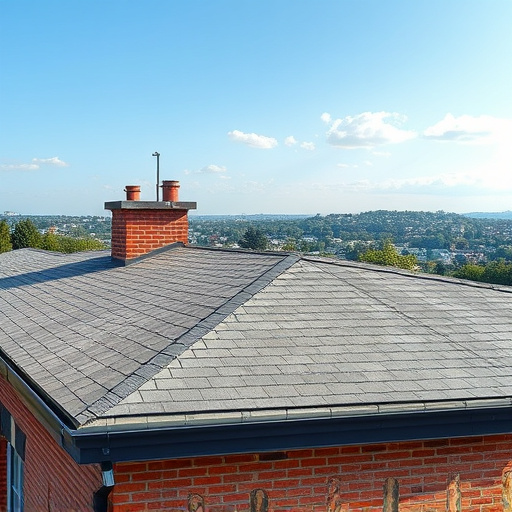
Harmonize roof and trim colors with your existing siding system for a visually cohesive property. Ch…….
Welcome to an extensive exploration of the intriguing world of siding systems—a critical component in construction, offering both aesthetic appeal and structural integrity. This article aims to guide readers through the intricate details of siding, its global impact, economic implications, technological innovations, regulatory frameworks, and future prospects. By the end, you’ll grasp why siding systems are not just exterior finishes but essential elements shaping our built environment.
A siding system refers to the cladding or external covering of a building structure, typically consisting of various materials such as wood, vinyl, fiber cement, aluminum, or steel. It serves multiple purposes: protecting the underlying walls from elements like rain, snow, wind, and extreme temperatures; enhancing architectural aesthetics; and providing long-term durability.
The core components include:
Siding systems have evolved since ancient times when natural materials like wood and stone were used to cover buildings. The modern siding system, however, gained prominence in the 20th century with advancements in material science and construction techniques. Today, it plays a pivotal role in:
Siding systems are universally adopted, with variations tailored to regional climates and cultural preferences. In North America, vinyl siding is popular for its low maintenance and affordability, while Europe favors traditional wooden clapboard or brick cladding. Asia showcases a blend of modern aluminum sidings and historic wood finishes. This global diversity reflects:
| Region | Prominent Siding Trends |
|---|---|
| North America | Vinyl siding dominance due to low maintenance, affordability, and wide color options. Stone veneer gaining popularity for luxury homes. |
| Europe | Traditional wooden clapboard or brick cladding prevalent, emphasizing historic aesthetics. Increasing use of fiber cement for energy-efficient buildings. |
| Asia | Aluminum sidings common in urban areas for their lightweight, durability, and low maintenance. Wood finishes preferred in suburban regions for a natural appeal. |
| Middle East | Concrete and stone veneers popular due to harsh climates and high security requirements. Composite materials gaining traction for residential projects. |
The global siding market, valued at USD 40.5 billion in 2021, is projected to grow at a CAGR of 5.2% from 2022 to 2030 (Source: Grand View Research). This growth is attributed to:
Project: A mid-century modern apartment building renovation aimed at energy efficiency and sustainability.
Solution: Fiber cement siding with integrated solar panels was chosen for its low maintenance, durability, and ability to absorb sunlight for heating.
Outcome: The project achieved a 40% reduction in energy consumption and won the Urban Land Institute’s Award for Excellence in Multi-Family Housing.
Lesson: Integrating innovative siding solutions can significantly enhance energy efficiency while maintaining aesthetic appeal.
Challenge: Cladding a towering skyscraper with challenging wind loads and extreme temperatures.
Solution: A hybrid system combining aluminum panels with a fiber-reinforced concrete backing was designed to withstand harsh conditions.
Outcome: The building achieved a prestigious LEED Platinum rating for its exceptional energy performance and sustainable design.
Lesson: Customized siding systems can address unique structural challenges while promoting sustainability.
Objective: Reclad a historic town hall to preserve its heritage while improving insulation.
Solution: Traditional wooden clapboard siding was replicated using modern engineered wood materials, ensuring both authenticity and energy efficiency.
Impact: The project preserved the building’s character, reduced heating costs by 30%, and received accolades from local preservation societies.
Lesson: Siding systems can harmonize historical architecture with contemporary energy-saving measures.
The siding system, a seemingly simple exterior element, is a complex and critical component of construction, offering both structural integrity and aesthetic appeal. From its historical evolution to global trends and technological advancements, it continues to shape our built environment. As we look ahead, sustainability, smart buildings, and innovative materials will drive the future of siding systems. By understanding these dynamics, professionals, policymakers, and homeowners can make informed decisions, ensuring that siding systems not only protect structures but also enhance their beauty and longevity.
Q: How do I choose the right siding material for my home?
A: Consider climate, maintenance preferences, budget, and architectural style. Research local building codes and consult professionals for expert advice.
Q: Are there any environmental benefits to siding systems?
A: Absolutely! Eco-friendly materials reduce carbon footprints; energy-efficient cladding improves insulation, lowering energy consumption; and recycling programs ensure responsible disposal.
Q: Can siding systems be easily updated or repaired?
A: Most siding materials allow for straightforward repairs or replacements. However, severe damage or complex installations may require professional help.
Q: How do new technologies like 3D printing impact siding design?
A: 3D printing offers unlimited design possibilities, enabling custom profiles and reducing material waste. It can revolutionize both residential and commercial cladding solutions.
Q: Are there any regulations governing the use of siding materials?
A: Yes, building codes and environmental regulations dictate material choices, installation standards, and performance requirements to ensure safety and sustainability.

Harmonize roof and trim colors with your existing siding system for a visually cohesive property. Ch…….
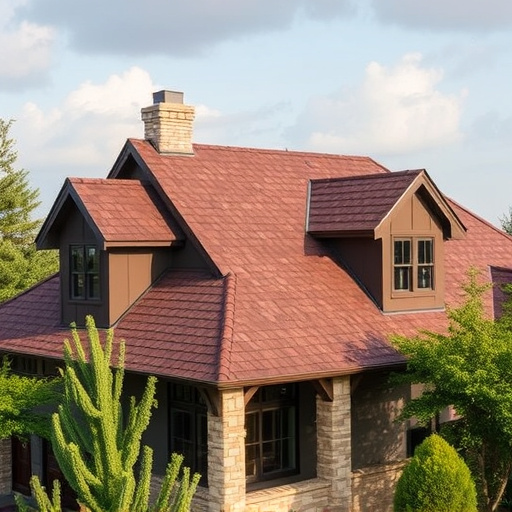
A siding system is a crucial exterior defense mechanism against weather extremes, protecting homes f…….
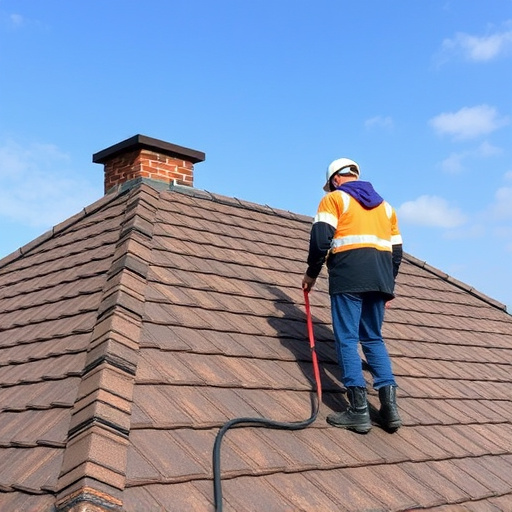
Choosing the right siding system for harsh weather areas is crucial to protect buildings from extrem…….
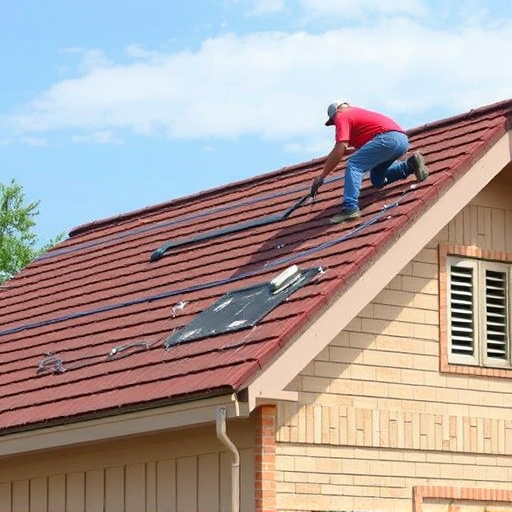
Effective moisture control in a siding system balances breathability and ventilation to prevent cond…….
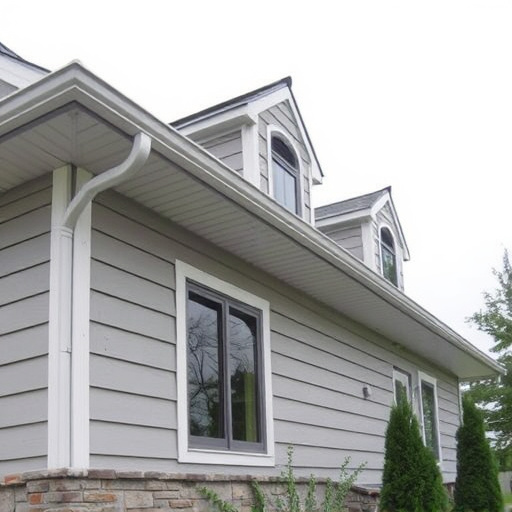
Vinyl siding is popular for its durability, affordability, and customization options, enhancing curb…….
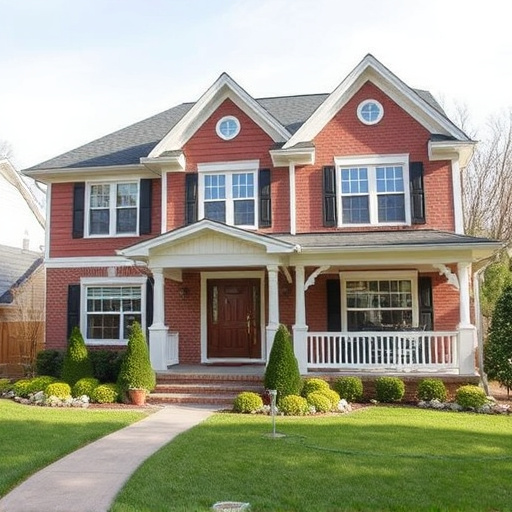
When coordinating roofing, trim, and a siding system, understand color palettes are key. Choose colo…….